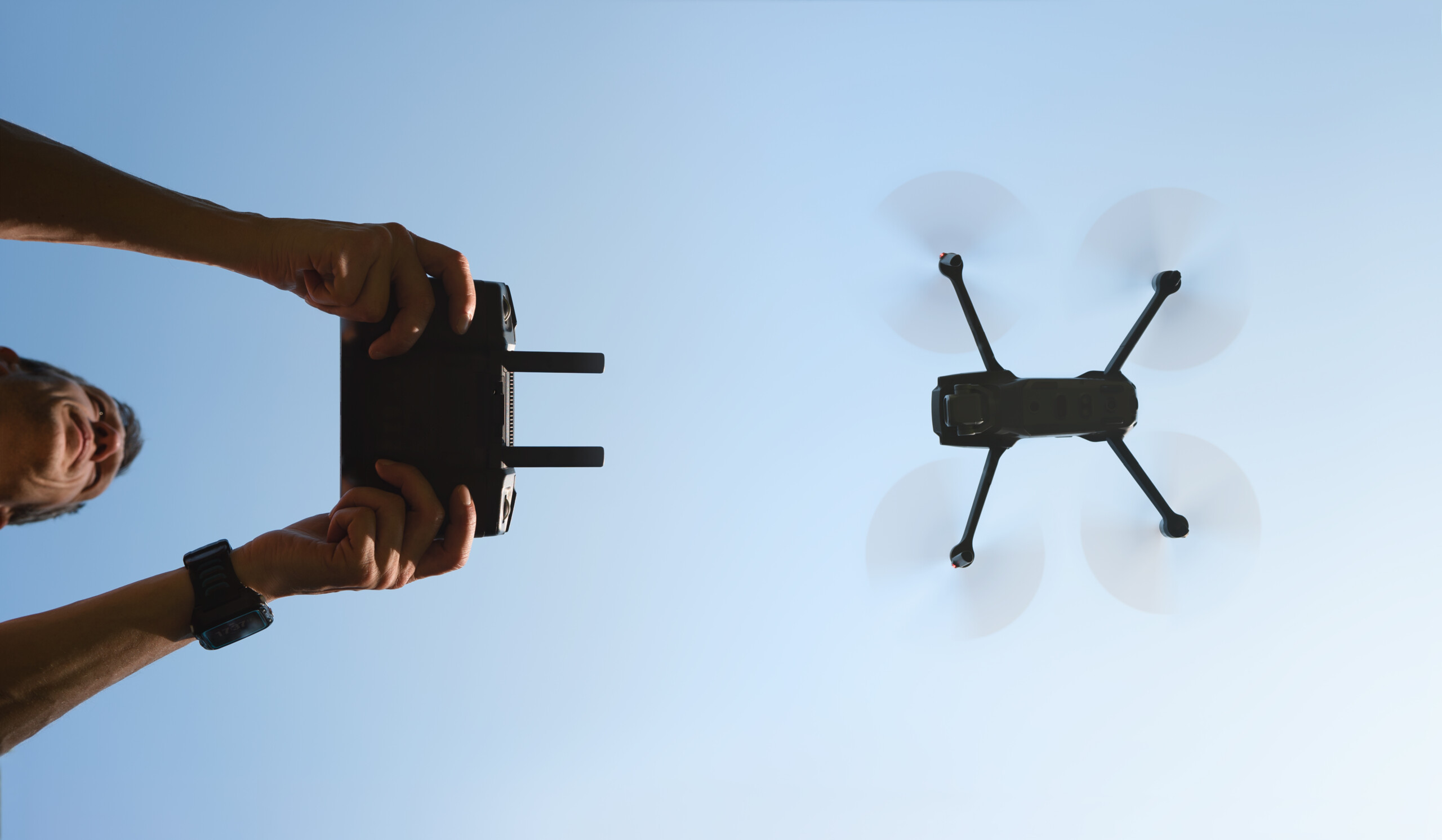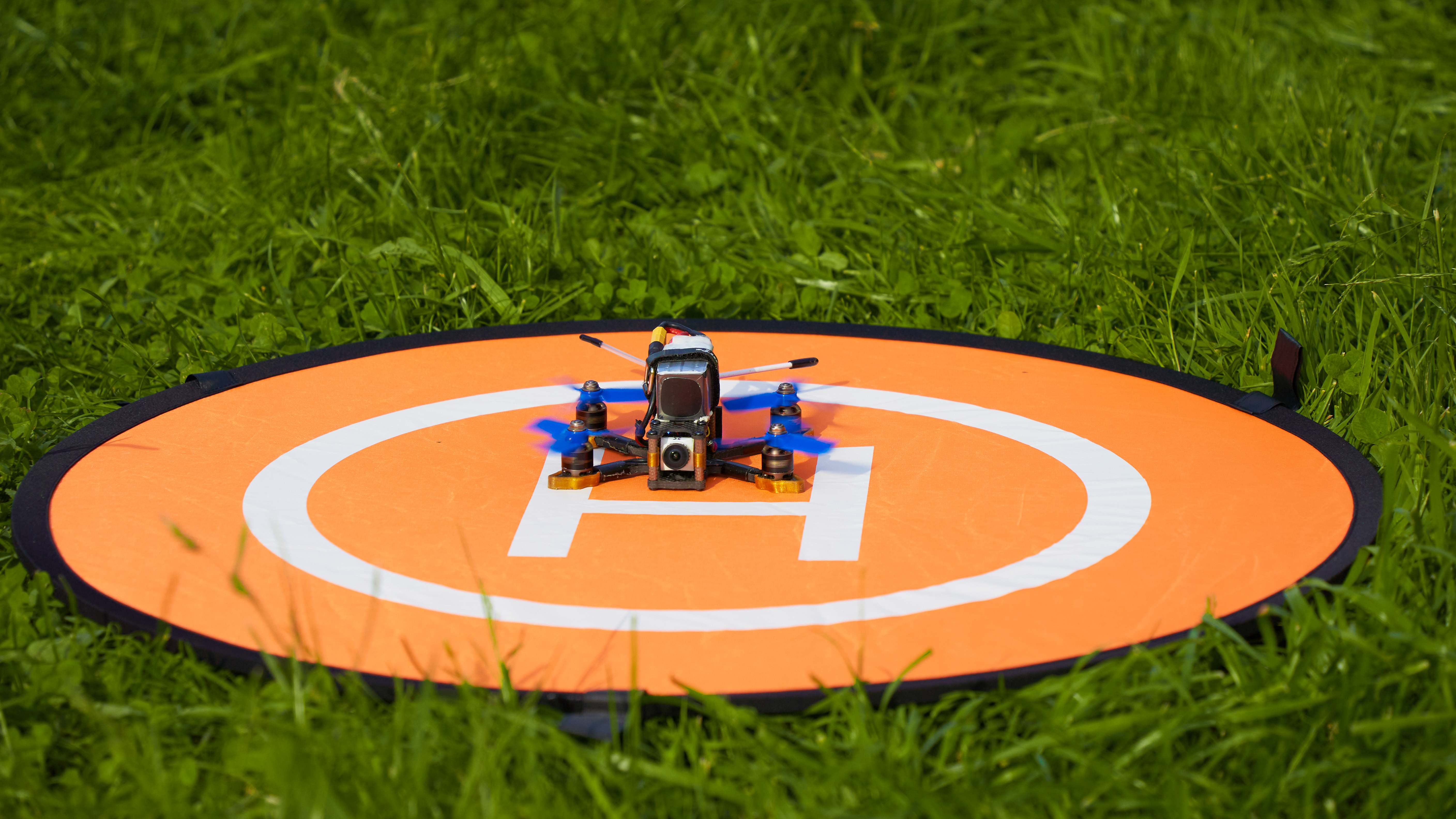Long-range drone flying unlocks incredible opportunities, from breathtaking landscape shots to advanced surveying. However, it also requires careful planning and execution to ensure safety, avoid signal loss, and get the most out of your equipment. This guide will provide step-by-step instructions and tips for mastering long-range flights while staying compliant with regulations:
1. Choosing the Right Drone for Long-Range Flying
Not all drones are designed for long distances. Choosing the right equipment is the first step to success.
Key Features to Look For:
- Transmission Range: Opt for drones with extended signal ranges, such as DJI’s OcuSync 3.0 or 4.0 systems.
- Battery Life: Look for drones with flight times of 30+ minutes.
- GPS Stability: GPS systems help maintain drone position over long distances.
Top Long-Range Drones:
- DJI Mavic 3 Pro: Transmission range up to 15km (OcuSync 3.0).
- Autel Robotics EVO II Pro: Up to 12km range and 40-minute flight time.
- DJI Mini 4 Pro: Compact drone with a 20km range (OcuSync 4.0).

2. Pre-Flight Preparations for Long-Range Flights
Proper preparation reduces risks and ensures a successful flight.
Step-by-Step Checklist:
-
Check Local Regulations:
- In the UK, you must keep your drone within visual line of sight (VLOS) unless you have specific permissions. Long-range flights may require advanced licensing under CAA rules.
- Use apps like Drone Assist to check flight restrictions.
-
Plan Your Flight Path:
- Use apps like Google Earth or drone flight planners (DJI Fly, Litchi) to pre-map your route.
- Look for potential obstacles like mountains, buildings, or dense forests that could block signals.
-
Weather Assessment:
- Avoid strong winds, rain, or low visibility conditions.
- Use weather apps like Windy to check wind speeds and forecasts.
-
Battery Check:
- Ensure all batteries (drone, controller, phone/tablet) are fully charged.
- Bring spare batteries to account for return journeys.
-
Calibrate Your Drone:
- Perform compass, IMU, and gimbal calibrations as required.

3. Mastering Long-Range Flight Techniques
Flying a drone long-range involves precision and strategic maneuvers.
3.1 Maintaining Line of Sight
- Start at a high altitude (but within legal limits, e.g., 120m in the UK) to maintain a clear signal path.
- Avoid flying behind hills, trees, or buildings as these can block the connection.
Pro Tip: Use the drone’s Return to Home (RTH) feature as a safety net in case you lose sight or signal.
3.2 Optimizing Signal Strength
- Keep your remote controller antennas pointed parallel to the drone’s position for maximum range.
- Use a high-gain signal booster if your drone supports antenna upgrades.
Pro Tip: Always face your controller in the direction of the drone for the strongest connection.
3.3 Battery Management for Long Flights
- Monitor the battery level closely. Ensure you leave enough power for the drone to return safely.
- Use the drone’s app to set low battery warnings and auto RTH triggers (e.g., 25% battery remaining).

4. Safety Considerations for Long-Range Flying
Long-range flights come with additional risks, so prioritize safety at all times.
4.1 Avoid Signal Loss
- Fly in open areas with minimal interference from buildings or other signals (e.g., cell towers).
- Use the strongest video transmission system available, like DJI’s OcuSync 4.0.
4.2 Monitor Drone Telemetry
- Keep an eye on real-time flight data, including battery life, altitude, and distance.
- If you experience connection issues, reduce altitude or fly back toward your location.
4.3 Return to Home (RTH) Settings
- Set your RTH altitude high enough to clear obstacles (e.g., 100-120m).
- Test the feature before long-range flights to ensure it works as expected.

5. Legal and Ethical Flying Practices
Legal Tips
- In the UK, you must comply with CAA drone laws. Long-range flights often require an Operational Authorisation for Beyond Visual Line of Sight (BVLOS) operations.
- Always fly in open categories unless you have specific licenses.
Ethical Considerations
- Avoid flying over people, wildlife, or private property without permission.
- Be mindful of the drone’s noise and impact on the environment.

6. Tools and Accessories for Long-Range Success
- High-Gain Antennas: Improve signal range for extended flights.
- Spare Batteries: Essential for long-distance missions.
- Landing Pads: Protect your drone during takeoffs and landings.
- Monitor Hood: Reduces glare on screens during sunny conditions.

Conclusion
Long-range drone flying offers exciting opportunities for exploration, photography, and mapping. With the right drone, pre-flight planning, and safety measures, you can confidently push the boundaries of your piloting skills while staying compliant with local laws.


